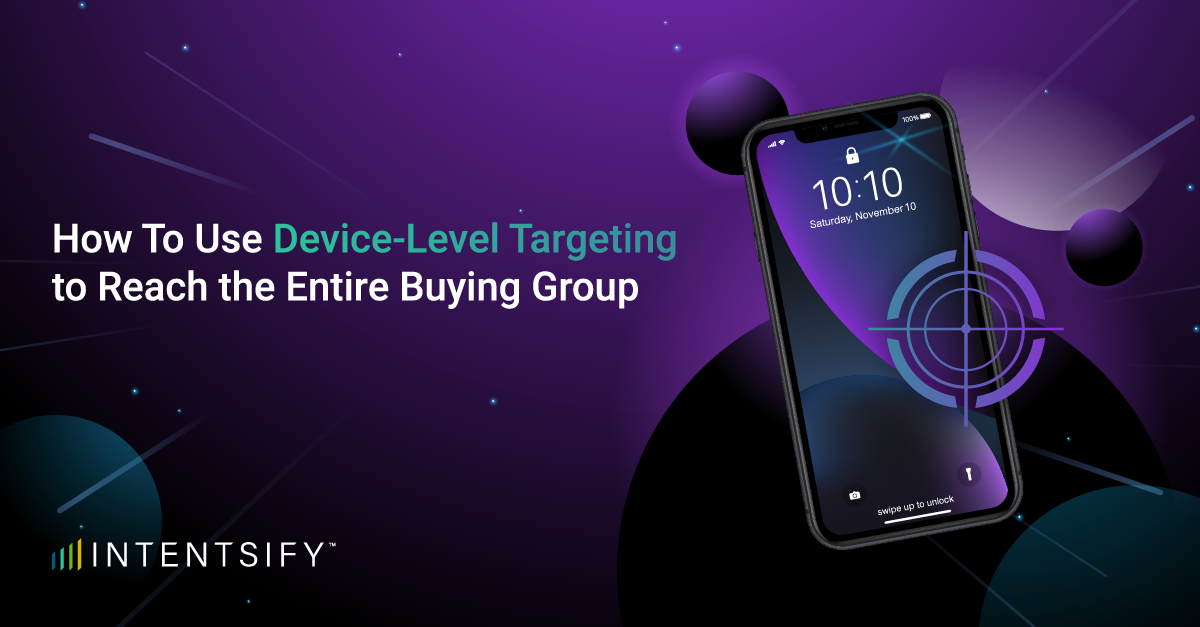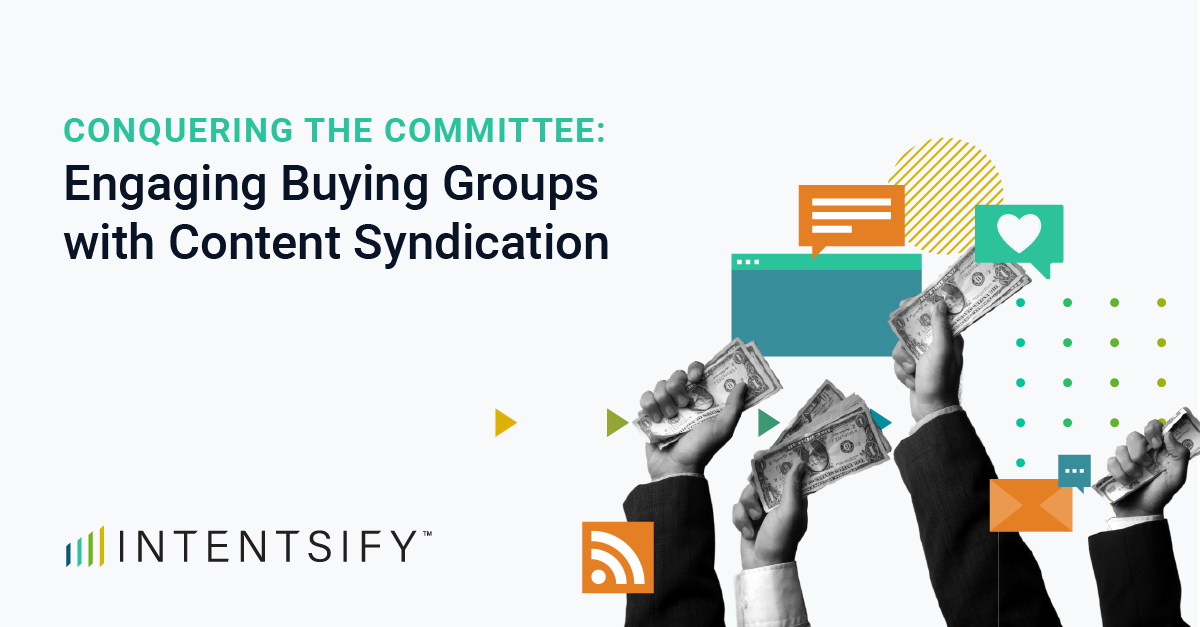If you’re running email campaigns for your B2B brand and not getting the results you want, you’re not alone. Maybe people aren’t opening your emails. Maybe they open but don’t click. Or maybe your unsubscribe rate makes you want to throw your laptop across the room. Chances are, it’s not because email marketing doesn’t work (it still totally does). You might just be falling into some of the most common B2B email marketing mistakes. The good news? Most of them are super fixable. And once you clean them up, your campaigns and email newsletters can start generating real leads and revenue instead of just floating in inbox limbo. Let’s break down the top mistakes B2B marketers make in their email campaigns, and how to fix them fast, with tips from industry experts.
Fun Facts:
- When marketers segmented emails they saw a 30% increase in opens and 50% more clickthroughs, per HubSpot State of Marketing Report.
- Over half of small business owners in the US, UK, Australia, and Canada use email marketing for getting and keeping repeat customers, per Constant Contact.
- When it comes to driving conversions, one of the most effective methods is email marketing, coming in at 2.4% conversion rate for B2B, per FirstPageSage.
Product Heavy Messaging
Product or company-focused messages are too generic and boring. These emails tell subscribers how your product saves them time, money, effort, etc.
Leslie Venetz, Founder of The Sales-Led GTM Agency, explains how this is the wrong approach, and why problem-centric messaging gets you better results. “Problem-centric messaging focuses on the outcomes that are most important to the recipient of the emails. They talk about the problem from the customer’s point-of-view so tend to be more relevant because the message is a problem the customer cares about rather than a product they could care less about.
The Fix: Ventez says an easy way to find out if you’re making this mistake is to check your copy to see how much you’re using “I”, “my”, “we”, and “our”. “If your email is all about you, it’s easy to see why you’re getting ignored by prospects who only have time to think about the problems they need to solve,” advises Venetz.
Sending the Same Email to Everyone
You send the same email to everyone on your list, with zero personalization. People can tell. It feels robotic, and it gets ignored.
“The companies are not homogeneous, so why would one and the same email be sent to a CEO, a marketing manager and a buyer?” says Danilo Coviello, Founding Partner of Espresso Translations. He adds, “Personalized messages have also shown me that open rates jump by 26% in emails”.
The Fix: “Any follow-up must be value added,” Coviello explains. “It can be a fragment of a relevant content, some helpful tip, or a question to keep the conversation alive, but it must be intentional”. He continues to explain you’re enhancing your interactions, showing you’re someone who cares about your prospects, and with that, you’re building trust.
Sending More Emails to Get More Leads
Volume over value? Not going to work. Ian Reeves, Managing Director of Flourish, points out “the average office worker receives over 120 emails per day”.
The Fix: Offer value while attracting email leads. “Publish whitepapers, infographics, or host webinars that help capture email addresses while signaling interest and intent,” Reeves explains. Learn more about your prospects with every interaction while tailoring and automating your messaging. “The best B2B email marketing feels like a thoughtful conversation, not a campaign,” says Reeves.
Triggering Spam Filters Without Realizing It
You’re using language like “FREE!!!” or “Act now!” like you’re selling steak knives in 2002. Not only do spam filters hate that, but so do decision-makers. “We often write emails like we’re talking to robots — full of specs, jargon, and ‘value propositions’,” explains Bernard Meyer, Senior Director of Communications & Ecommerce Expert at Omnisend.
The Fix: Write like a human talking to another human. Focus on clarity, not clickbait. Avoid excessive punctuation, all caps, and misleading subject lines. “Show a bit of personality, lead with something relatable or unexpected, and don’t be afraid to tell a story,” advises Meyer. “One memorable story or quirky sentence can make someone pause, smile, and click – way more than a list of benefits ever will”.
Sending Emails Without a Real Goal
“The biggest B2B email marketing mistake is treating it as a series of manual campaigns instead of an automated, behavior driven system,” says Leury Pichardo, Director of Digital Marketing at Digital Ceuticals. He continues, “Businesses get stuck sending one off “newsletters” or “special offers” that generate temporary spikes at best”.
The Fix: Start with strategy. Every email should support a broader business goal, whether it’s generating MQLs, moving leads down the funnel, or supporting an ABM initiative. Pichardo explains how he built a system that triggered when a prospect downloaded their “5 Costliest SEO Mistakes” guide. The system automatically delivered a 5-day sequence, only mentioning services on the final email. “This systems first approach doubled our qualified demo requests because we built trust by solving problems first, not by selling,” Pichardo points out.
Letting Your List Get Dusty
You haven’t cleaned your email list in… a while. (Okay, maybe never.) Old or disengaged contacts hurt your deliverability and tank your sender score.
The Fix: Clean your list at least yearly. Remove invalid or bouncing emails, identify spam traps and toxic domains, and segment out cold contacts for re-engagement campaigns. Send a reactivation series before removing cold leads entirely. If they still don’t respond, let them go.
Snooze-Worthy Subject Lines
Subject lines like “Quick update” or “Don’t miss this!” don’t give people a reason to open. And in B2B, where inboxes are crowded and time is tight, vague equals ignored.
The Fix: Make your subject lines clear, curiosity-driven, and benefit-oriented. Some winning formulas: Pain Point + Solution: “Struggling with churn? Try this retention playbook.” Data-backed tease: “93% of marketers miss this email tactic.” Relevance + urgency: “Your competitors are already doing this…”
Wasting the Preview Text
If you don’t customize the preview text, most inboxes just show “View this email in your browser.” That’s valuable space gone to waste.
The Fix: Use preview text to complement your subject line and reinforce the value. Think of it as the subheadline of your email. For example: Subject Line: “New lead gen toolkit for B2B SaaS.” Preview Text: “Free checklist + templates to boost conversion rates today.”
Cramming Too Much Into One Email
Your email tries to do everything: new product updates, webinar invites, blog posts, case studies… It’s a content buffet. And readers? They’re overwhelmed.
The Fix: Stick to one key message per email. That might be promoting a specific asset, driving event registrations, or highlighting a use case. Use concise copy, bullet points, white space, and one CTA. If you have more to say, create a nurture series or gated hub. Real B2B example: An HR tech company split one long newsletter into three shorter emails—and saw a 27% lift in CTR across the series.
Forgetting About Mobile
Your email looks sharp on desktop… but turns into a jumbled mess on a phone. Bad formatting equals instant bounce. Another common email marketing mistake with an easy fix.
The Fix: Design for mobile first. Use responsive templates, 14–16px minimum body text, big CTA buttons (at least 44px), and single-column layouts. Always test on multiple devices before launching. Stat to know: Over 61% of B2B professionals read emails on mobile, especially in industries like field services, logistics, and healthcare.
Being Inconsistent
You ghost your list for months… then suddenly show up selling something. That’s a quick way to lose trust (or get marked as spam).
The Fix: Create a sending cadence and stick to it. It could be weekly newsletters, bi-weekly nurture flows, or monthly thought leadership drops. Set expectations in the welcome email: “We’ll send tips twice a month.” Then follow through. Insider Insight: Many B2B brands think less is more — but inconsistency kills engagement. Train your audience to expect valuable emails on a rhythm.
Only Looking at Open Rates
You get a 35% open rate and think you’re killing it. But if nobody clicks or converts, what’s the point?
The Fix: Track metrics that tie to actual results: Click-through rate (CTR), unsubscribes, lead score movement, MQLs generated, pipeline influenced. Use multi-touch attribution (where possible) to map email impact across the buying journey. Insider Note: Open rates have been unreliable since Apple Mail Privacy Protection rolled out. Don’t base success on that alone.
Forgetting About Compliance
You skip the unsubscribe link or auto-enroll cold contacts from a list you bought. That’s not just bad practice — it could be illegal.
The Fix: Make sure every email includes a visible unsubscribe link, lists your company name and physical address, and is sent only to opted-in contacts. Know your laws: GDPR (EU), CAN-SPAM (US), and CASL (Canada) all have different rules. Pro Tip: Keep your privacy policy updated and link to it from every email footer. It builds trust with corporate buyers.
There’s a lot to juggle in B2B email marketing. But here’s the bottom line: If you keep your messages clear, helpful, personal — and avoid these common mistakes — you’ll start seeing higher open and click rates, lower unsubscribes, and actual movement in your pipeline. Give each email a purpose. Personalize and segment. Clean your list regularly. Make it mobile-friendly. Test before every send. Track more than just opens. Stay compliant. Done right, B2B email marketing is still one of the highest ROI channels, especially when integrated with account-based marketing, content syndication, and outbound sales efforts. So ditch the bad habits, level up your strategy, and treat every email like it could land your next big deal.






